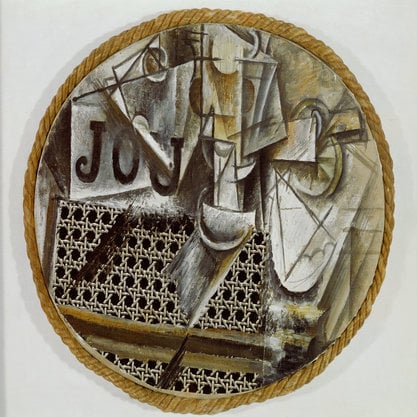Article
Filla, Emil (1882–1953) By Moseman, Eleanor
Article
Emil Filla (b. 4 April 1882 in Chropyně in Moravia; d. 6 October 1953 in Prague) is regarded as one of the main leaders of Czech Cubism in early twentieth-century Prague. Best known for paintings that interpret Pablo Picasso and Georges Braque in a Czech context, Filla also produced accomplished sculptures, drawings, and prints. His early career was inaugurated by exhibiting with the group Osma (The Eight) (active 1907–8), of which he was a founding member. In 1909 he joined the Mánes Society and became co-editor of its journal Volné Směry (Free Directions) (ed. 1909–11). Filla was a founding member and leading figure of Skupina výtvarných umělců (the Group of Fine Artists) (active 1911–14) and assumed editorship of the group’s journal Umělecký Měsíčník (published 1911–14). From 1914 to 1920 Filla resided in the Netherlands, where he was active in anti-war politics. In 1920 Filla returned to Prague and resumed work with the Mánes Society. He collaborated with Piet Mondrian and Theo Van Doesburg on the first issue of De Stijl in 1917. After 1920 he left behind the analytic and synthetic cubist aesthetic for which he is best known and turned to figural themes. He was briefly influenced by Surrealism in the 1930s as a result of his friendship with Czech Surrealist and Devětsil member Jindřich Štyrský.


